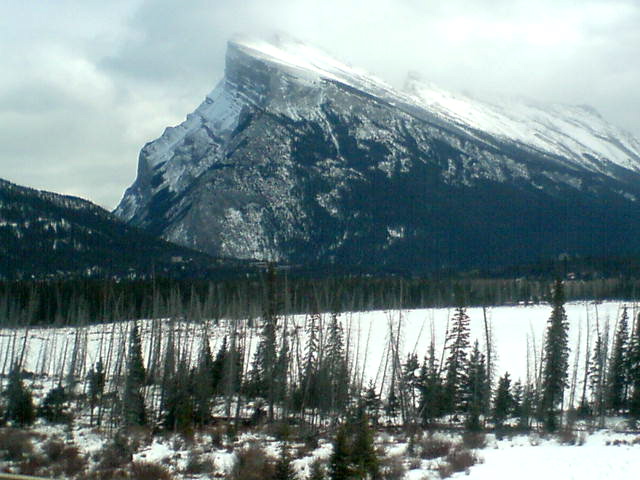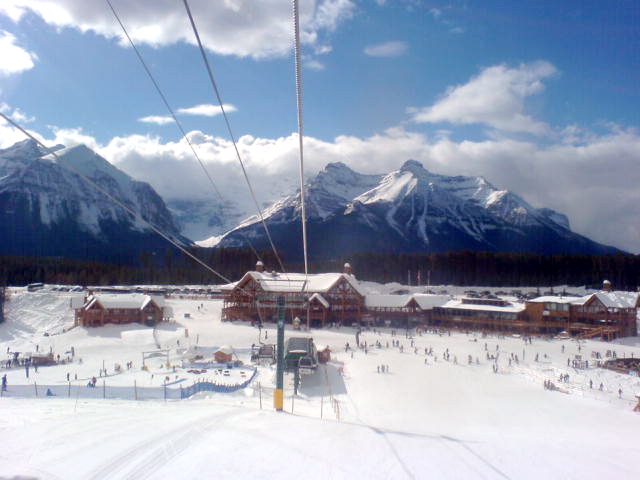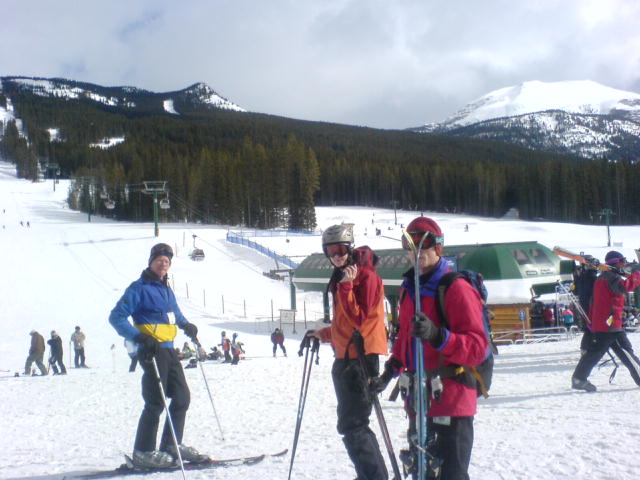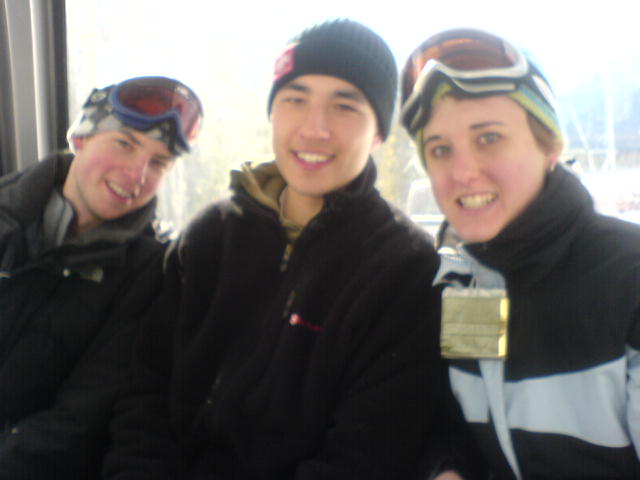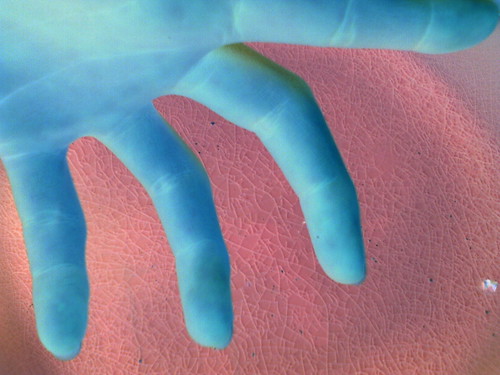(Note to my regular readers: A while back I toyed with the idea of starting a science blog, where I'd muse about the scientific questions and problems that float around in my head. I quickly realized that I do not have time to keep up a new blog, and given the infrequency with which I post to this one, I figured I could just kill two birds with one stone, and publish the occasional geekiness. If this post makes your eyes glaze over, I apologize.)
My scientific interests are pretty far-flung; I'm getting my bachelor's degree in Cellular, Molecular and Developmental biology this June, but I'm also interested in biochemistry, biophysics and physical chemistry, and neuroscience (from ion channels to systems neuro to the nature of consciousness). I read a lot for fun; today, I'm reading Hypoxia Enhances S-Nitrosylation-Mediated NMDA Receptor Inhibition via a Thiol Oxygen Sensor Motif, by Hiroto Takahashi et al down at UCSD, published in the January 4 issue of Neuron. Hypoxia is another of my random interests; any of you who have heard about my experience last summer on White Mountain know that. That said, this paper isn't exactly about high-altitude physiology, it's about the brain's mechanisms for protecting neurons in the hypoxic conditions that come about during stroke. in hypoxic conditions, it is logical that a system would want to attenuate NMDA receptor activity. Why is that, you ask?
NMDA receptors are one of the brain's types of glutamate receptors; glutamate, though it's less well-known than some other neurotransmitters, like dopamine or serotonin, is actually the central nervous system's major excitatory transmitter. The NMDA receptor has been extensively studied as a model for other neurotransmitter receptors; it's one of the best-characterized of the ligand-gated ion channels. It's also expressed in almost every region of the brain, indicating global importance in CNS function.
So why would the brain want to shut down NMDA receptors during hypoxic conditions? Consider that molecular O2 is absolutely necessary for brain function, but it also creates an oxidizing environment, leading to free radicals that can damage proteins and cause brain damage. The brain thus keeps its oxygen levels carefully rationed and controlled. PO2 in ambient air is around 140 mmHg; pO2 in the brain is closer to 10 mmHg. So there's very little room for error; O2 use must be controlled. In stroke, regions of the brain are cut off from the blood supply and thus have limited O2 resources. Oxygen is critical for ATP formation; ATP is consumed by the Na/K ATPase, or sodium/potassium pump, the membrane ion transporter responsible for establishing the transmembrane potential that is required for all ion flux and thus any neural activity whatsoever. NMDA receptors are ligand-gated ion channels; they create a path for ions to move down the concentration gradient established by the pump, thus requiring more ATP to re-establish the gradient and allow for further neural activity. If oxygen supplies are low, ATP cannot be produced in excess, and so the ion concentration gradient must be preserved in order for neurons to survive. It's a bit like how when the power is out, you keep the refrigerator door shut, unless you want all your food to spoil. It takes energy to establish the gradient (in this case, electricity establishes a temperature gradient across the door of the refrigerator), and by creating a path for the transfer from one side to the other, you destroy the gradient.
So what did Takahashi et al discover? They knew from previous work that there was a pair of cysteine residues in the NMDA receptor structure that formed a disulfide bridge under oxidizing conditions, but existed in a dithiol form under reducing conditions. So they solved the crystal structure of this part of the protein, and studied it under nitrosylating conditions, and discovered that the dithiol can be nitrosylated, but that in and of itself does not inhibit the enzyme. However, nitrosylating these two cysteine residues does make another cysteine residue more prone to nitrosylation as well, and it is this third site that actually inhibits the enzyme.
Interesting paper - I love to see structural biology tied in with ion channel physiology. It's also interesting to learn more about the importance of nitric oxide (NO) in short-range, short-term neural signalling. Considering that 20 years ago, we thought that NO was just a component of pollution, we have come to discover that it is critically important for everything from regulating blood pressure to neurotransmission.
